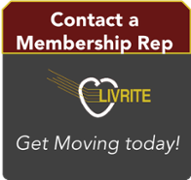Jill Derryberry

Recent Posts
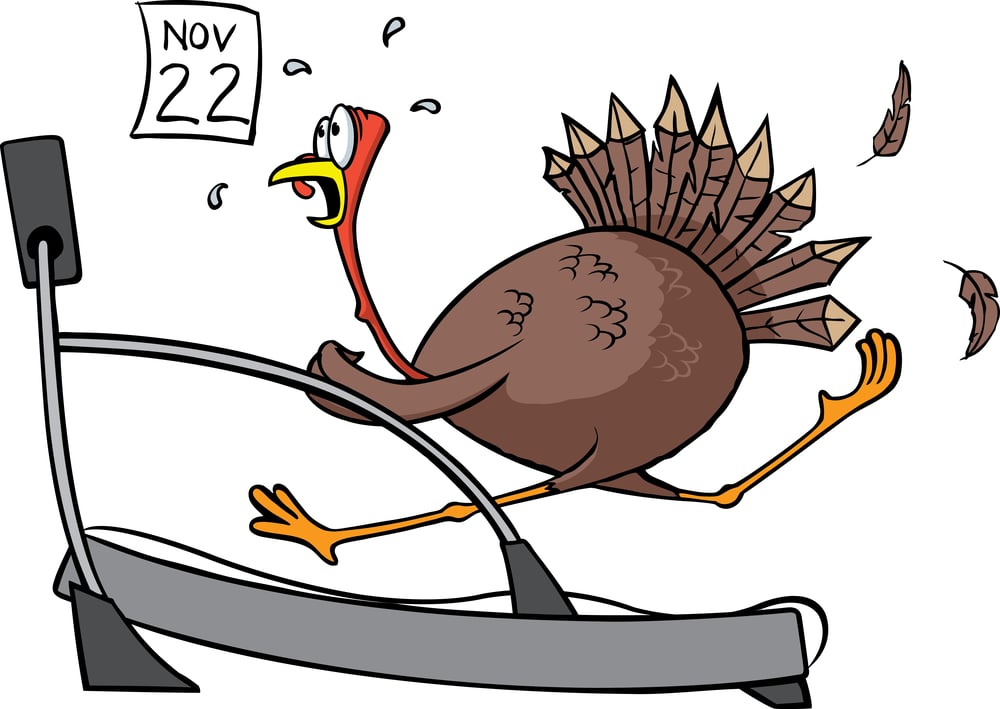
It’s that time of year already. Thanksgiving is tomorrow, holiday music is already playing in the stores and decorations are going up! For the rest of the year we will be busy with shopping, parties, family gatherings, and food. Lots of food. Exercise is usually the first thing to get cut when things get hectic, but this is the time when it is especially important to keep fitness in your schedule. Workouts will help you cope with the stress and excess food that comes with the season. Plus, it will help keep your immune system strong. Who wants to be sick during the Holidays? No excuses to skip a workout when you need it now more than any other time of year! Here are five tips to keep moving this Holiday Season.
1. Make it a priority. Instead of canceling your normal workout class after work to do some holiday prep, what else can you reduce so you can keep that workout in the schedule? Maybe cut back an hour of a Netflix binge or social media time to go pick up some gifts instead of skipping that group class. Write out your schedule and look for windows of time for all you have to accomplish.
2. Add a walk after your meal. Walking after you eat aids in digestion and helps reduce any potential bloating. Make it a family event and bring everyone out to walk after dinner.
3. Sign up for a race. There are so many fun Holiday themed races. Plan and train to run or walk a Thanksgiving or other Holiday race. It will be a fun atmosphere and sometimes raises money for a great cause. They even have races where you wear ugly Christmas sweaters or Santa Hats!
4. Traveling? No excuse! Traveling is the perfect time to check out new workouts and fitness centers! I love checking out the fitness centers in hotels. I want to get every penny's worth from a hotel stay and love to take advantage of everything they offer.
If you are staying with family or friends, see if they have a place they currently workout and if they would take you. Many gyms and studios let members bring a guest for free. A great opportunity to try a new workout you might not have at home or just haven't done before.
Another way to exercise while traveling is to walk or run in the area. It's a great way to see somewhere you aren't as familiar with. As a jogger myself, I love running in new places (especially when a beach is involved). It makes your workout more interesting and fun plus you get to see sights you might have otherwise missed.
5. Embrace short workouts. If you truly feel you don't have time to get in a workout class, online video, DVD or a trip to the gym, don't forget that any movement adds up. Find a short circuit workout to do at home. Many don't require any equipment. Make sure you are getting plenty of movement in each day. Walk farther away from the store. Do squats and jumping jacks while you prepare dinner or watch tv, you get the idea, just get moving whenever you can!
Bottom line, enjoy the holiday season but keep your fitness habit even if it has to change a little for a month or two. Stay healthy for the most wonderful time of the year!
Need help finding new exercises? Get started with video instructions in our exercise library.
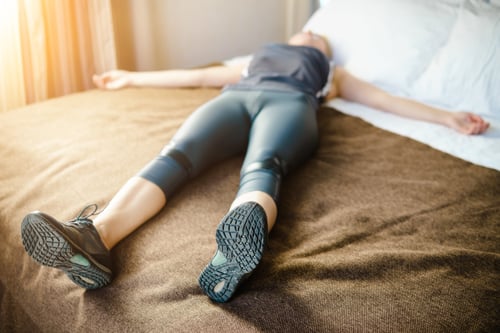
I hope fitness is a habit for you and you are working out almost every day. Notice I said almost every day? Rest days are an important part of your fitness program.
When strength training you are actually creating microscopic tears in your muscles and as they rebuild they get stronger. This happens 24-48 hours after you work that muscle group and is why you shouldn't work the same muscle group with any type of resistance on back to back days. You can work different muscle groups on different days to help with muscle recovery. For example, upper body one day and legs the next.
Rest days are still important even when splitting up days to weight train muscle groups. Exercise, especially higher intensity workouts, are taxing on your body and deplete your glycogen stores which you use for energy. In order to keep progressing, and reduce your likelihood of injury, you need to give your body a break once and awhile to repair and re-energize.
How often should you rest? In general, if you are starting out with a new exercise program or are a beginner exerciser, rest every third day (that is, exercise two consecutive days and rest the third). More experienced exercisers should remain inactive or take an active recovery day once a week.
What does a rest day look like? How inactive you are on your rest day depends on the intensity of your workouts leading up to it. For example, if you are killing it in the gym day in and day out, your rest day should be a day completely off, maybe go for a walk, but no gym or workout video. However, if your workouts have been light to moderate intensity all week, you can take a more active recovery day. That might include playing a sport outside, taking a yoga class, or going for a longer walk.
Build a rest day in your schedule! They allow your muscles to get stronger, replenish your glycogen stores, reduce the risk of overuse injuries, avoid mental burnout and help your body repair itself.
Topics: LivRite News
Is Muscle Soreness After a workout An Indicator of A Good Workout?
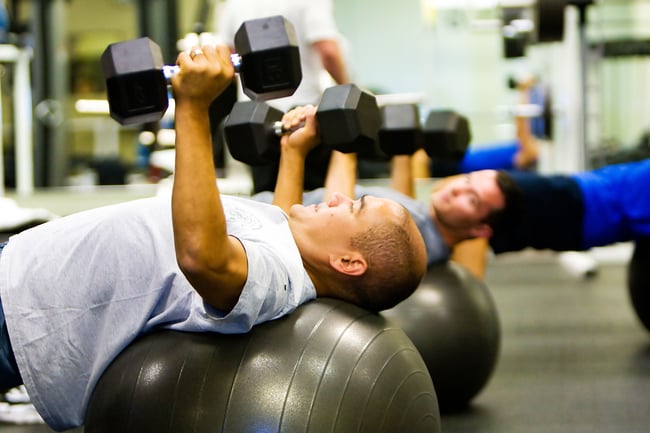
People always tell me if they were sore after a personal training session or group class. Many post on social media about how sore they were after their workout. There are memes all over the Internet about not being able to walk after leg day. It is almost like a badge of honor for some, but is soreness an indicator of a good workout? Is a workout still effective if you aren’t sore the next day?
In short, yes, your workout is still effective even if you aren’t sore! When you first start a new workout, your muscles are not used to the challenge and you will probably feel it the next day or so. However, after a period of completing those exercises, your body adapts to the movements and you most likely don’t feel soreness. Muscle soreness is just telling you that you changed something, overdid it, or did something your body wasn’t used to. So how do you know if you are getting results if you aren’t sore? By measuring your progress in other ways such as a workout log, measurements, pictures or by how you feel. So how do you get that progression without being sore?
To improve your strength and overall fitness you must progress your routine. Doing the exact same thing over and over for months won’t result in improvement after a period of time. Your body will adapt to your movements and needs a change every few months to challenge your muscles. You can do this by altering your exercises, increasing your weight and/or changing the number of repetitions you do. Some slight soreness is expected after you first make these adjustments, however, excessive soreness may occur when you make too large of an increase. For example, if you have been using a 5 lb weight for bicep curls for weeks and then start using 15 lbs.. Or if you have never run over 2 miles at a time but go and run a half marathon (13.1 miles). Without slowly increasing your weight or your miles in these examples, you are going to be super sore and are risking injury. Gradually making adjustments to your fitness routine will challenge your body but will only result in possible minor soreness right after you make those changes. You can progress effectively without intense discomfort.
Some muscle soreness is normal after making a change to your routine. However, it shouldn’t be all of the time and doesn’t have to be extreme. Don’t use soreness as an indicator of a good workout. Measure your results by using a workout log, measurements, pictures or by how you feel. The key is to gradually and sensibly progress your workouts. This can be done by understanding your current levels of fitness and strength and applying small and frequent increases in intensities or volume according to where you are now. You can avoid muscle soreness and still achieve great results.
Topics: LivRite News, Workouts
5 Tips To Make it Easier to Work Out in The Morning
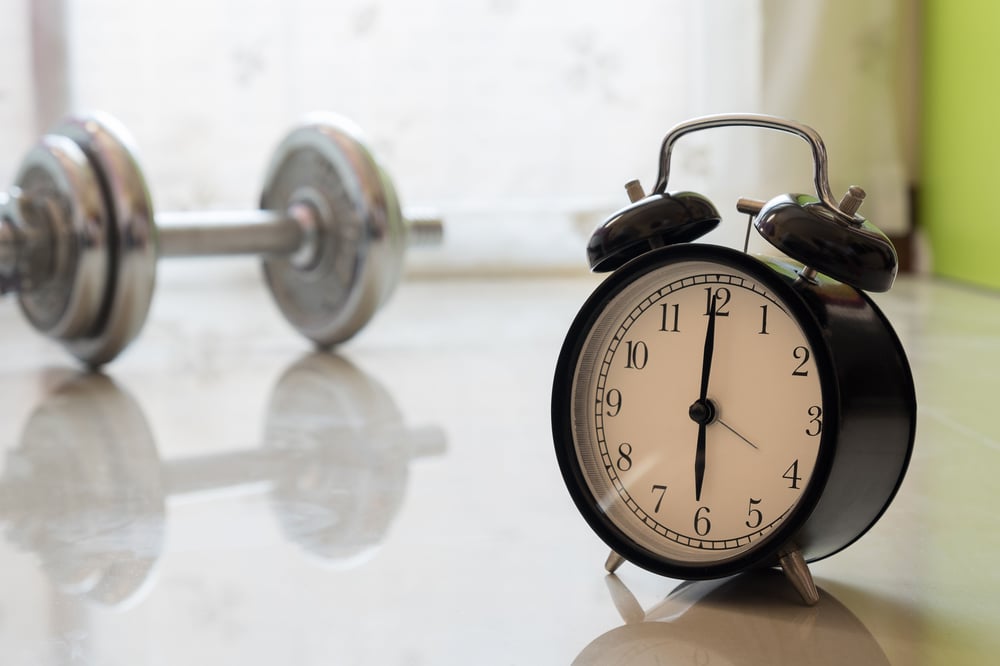
There are many benefits to morning exercise. The gym is less crowded, you’ll have more free time in the evening (and be less likely to cancel due to after work plans), plus you’ll be more focused and have more energy the rest of the day. One study suggests it will help you better manage cravings and eat healthier throughout the rest of the day.
It can be tough to wake up early enough to get that workout in before work or school. Not everyone is a natural born early riser but there are ways to make it a little easier to make a morning exercise habit.
1. Get enough sleep- Experts recommend 7-8 hours of sleep each night. Have a good bedtime routine to get to sleep as early as you need to in order to get adequate rest. Limit cell phone, computer, and TV use before you go to sleep so the blue light they emit doesn’t affect your slumber. If you are properly rested, it is easier to get up for that early workout.
2. Get everything ready the night before– The less you have to think about after the alarm goes off, the better. Set out your clothes the night before (or sleep in your workout clothes). Set a quick light breakfast and full water bottle out to take with you to the gym. Make it as easy as possible to start that workout (plus you can sleep longer!).
3. Get something to look forward to– Excitement will help you get up and at ‘em. It can be something simple like a new playlist or podcast to listen to during your walk, run or strength training. Find a group class that you really enjoy, or look forward to talking with a friend that you are meeting to exercise together.
4. Get a workout buddy– You will be much less likely to sleep in and skip that workout if someone is waiting for you. Plus socializing with that friend will make your workout more enjoyable (see #3).
5. Get an Intention– If you are going to wake up early to work out, giving yourself a good reason to do it could make it feel a little easier. Think about why you are making this choice. For example, “I’m waking up early to exercise so I can come right home after work and spend more time with my kids.” Or “I want to get my workout done early so I will feel better throughout the day and be more focused for work.” Or “I’m getting my workout done for the day now before life gets in the way and I am tempted to cancel.” Make sure you know your why and write it down. Go back and read your intention whenever you need motivation to get up and workout when that alarm goes off.
Ready to take control of your mornings? I teach a 6 AM morning workout class on Monday's and Wednesday's at LivRite Fitness Noblesville and would love to be apart of your morning routine.
LivRite Fitness has Personal Training available at all their locations. Schedule a free fitness assessment today!
Topics: LivRite News
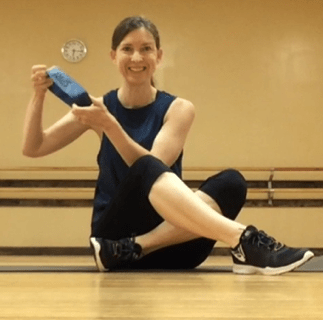
You probably have seen mini resistance bands around the gym. These small circles are light, inexpensive, portable and easy to use to get a super effective workout. The colors indicate the level of resistance which vary by brand, but generally the green is the lightest resistance, red is medium and blue is the heaviest. They can be used for cardio, stability and strength, including both upper and lower body exercises. The workout below focuses on your lower body, especially your glutes.
Adding a mini band to these traditional lower body moves increases the impact. Not only will your workout be more effective with the band because of the added resistance, it will also help with your form and prevent injuries. Placing the band above your knees during squats helps remind you to push your knees out, which can prevent knee pain and injuries such as strains and tears to your knee's ligaments (like your ACL). Using the band also helps activate your glutes, increases hip mobility and because of the constant tension the band creates, has been shown to be more effective than dumbbells in some exercises.
Perform a dynamic warm up prior to completing these exercises. Complete each exercise 10-12 times before moving on to the next. Complete all three then rest for a minute before starting again and repeating for a total of three rounds.
Squat
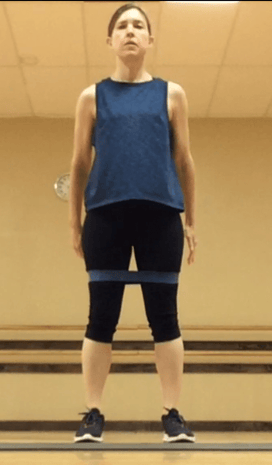
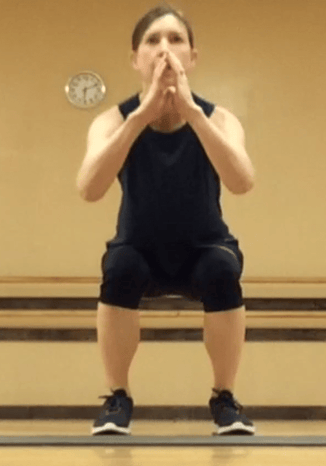
Start with a mini band positioned just above your knees and stand with your feet shoulder-width apart. Push your hips back and bend your knees to lower your body as far as you can, driving your knees outward against the band's resistance. Pause, then slowly push back up to the starting position.
Side Lying Leg Raise
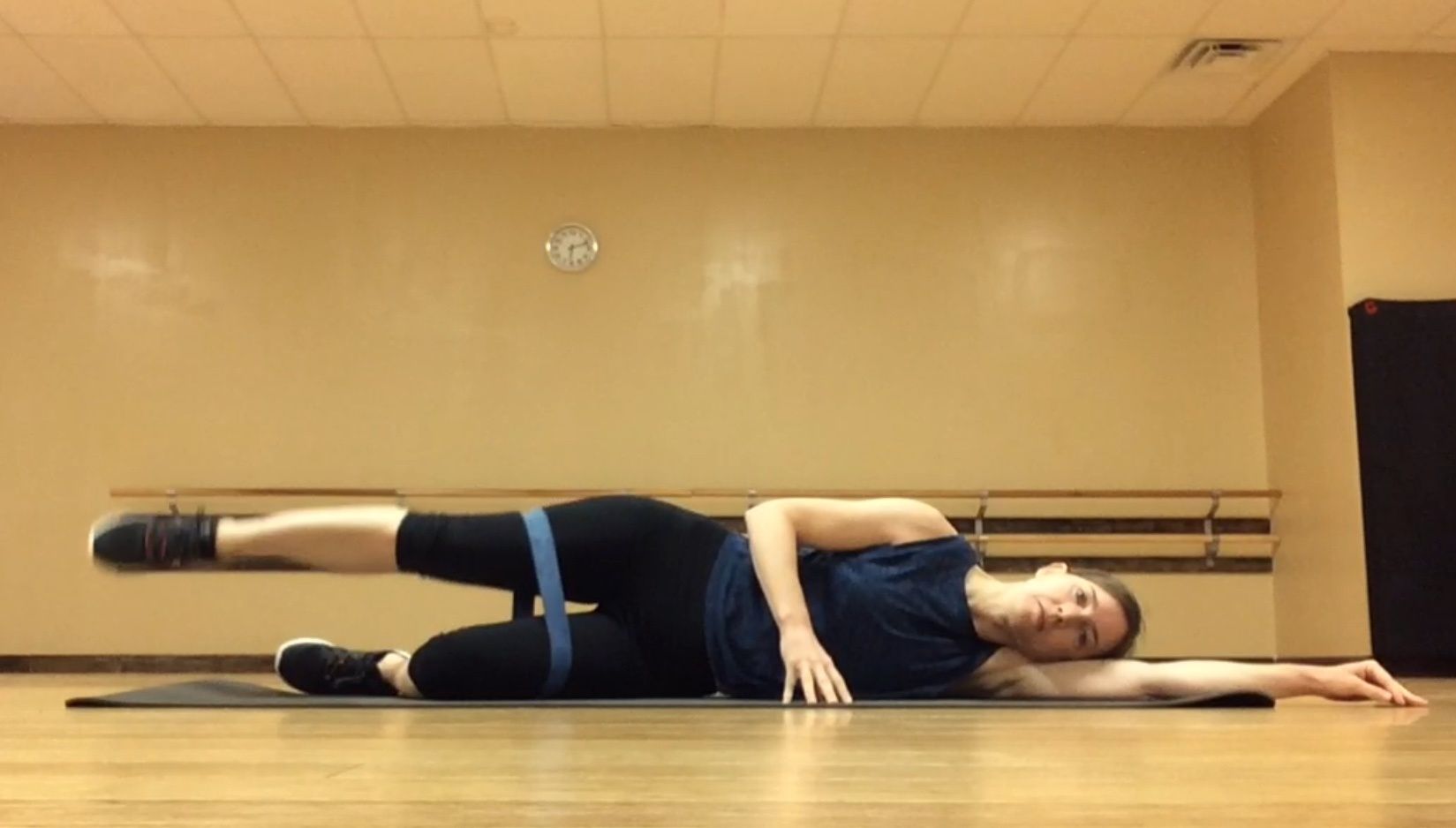
Lie on one side with a mini band just above your knees. The arm closer to the floor should be bent to a 90 degree angle, to support your head or place your arm all the way out on the floor and rest your head on your arm (as pictured). Your other arm should be brought across your midsection, elbow bent at 90 degrees and palm planted firmly on floor. Contract your abs and lift your top leg up to the ceiling, keeping your hips stacked. Maintain tension on the band at all times. Pause 1-2 seconds before bringing the leg back down. Continue for 10-12 reps and switch sides.
Hip Bridge
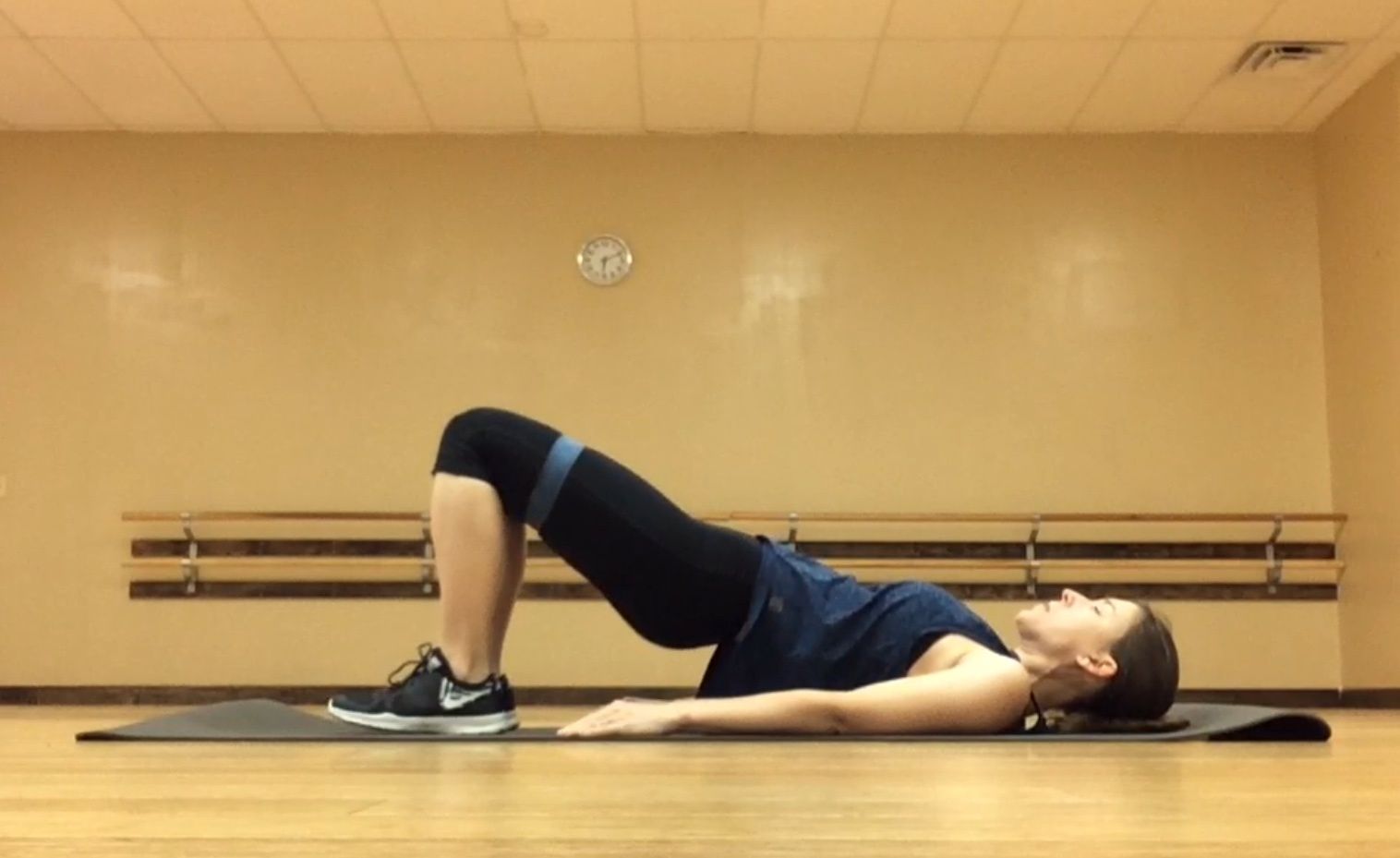
Place mini band just above knees. Lie face-up with knees bent, feet hip-width apart, and arms resting at sides. Press into the heels of feet to lift hips up, squeezing your glutes and forming a straight line from knees to head. Slowly lower hips back down. Repeat.
One Leg Hip Bridge
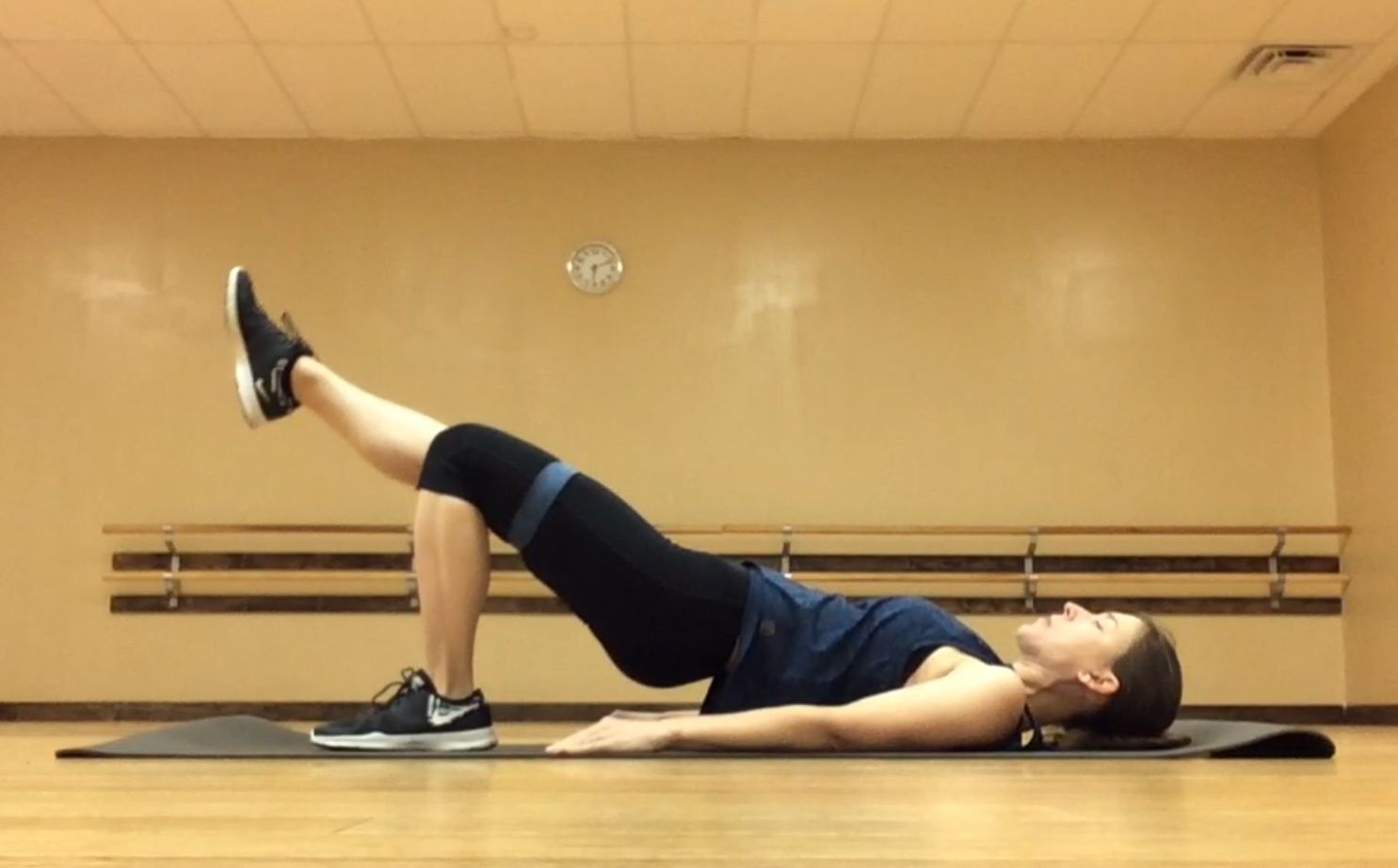
Remain in the hip bridge position, lifting one leg so your knees are still next to each other. Squeezing your glutes and engaging your abs, lift and lower your hips while leg remains extended. Repeat for 10-12 reps then switch legs.
Adding a mini band to traditional lower body exercises is not only a great way to add resistance, but it helps with your everyday performance by improving hip mobilization and glute activation. Have questions about this workout? Ask a trainer at LivRite! Be sure to check out all of our great leg workouts.
Topics: Workouts

